Achieving and maintaining good indoor air quality (IAQ) in classrooms can be challenging. Classrooms can hold dozens of occupants daily, various contaminant sources can be present, and school ventilation units continuously supply large volumes of outdoor air, which can be dry, humid, or dirty. As a teacher, you can play a major role in ensuring that conditions in your room are safe and comfortable for you and your students.
Chemical Products
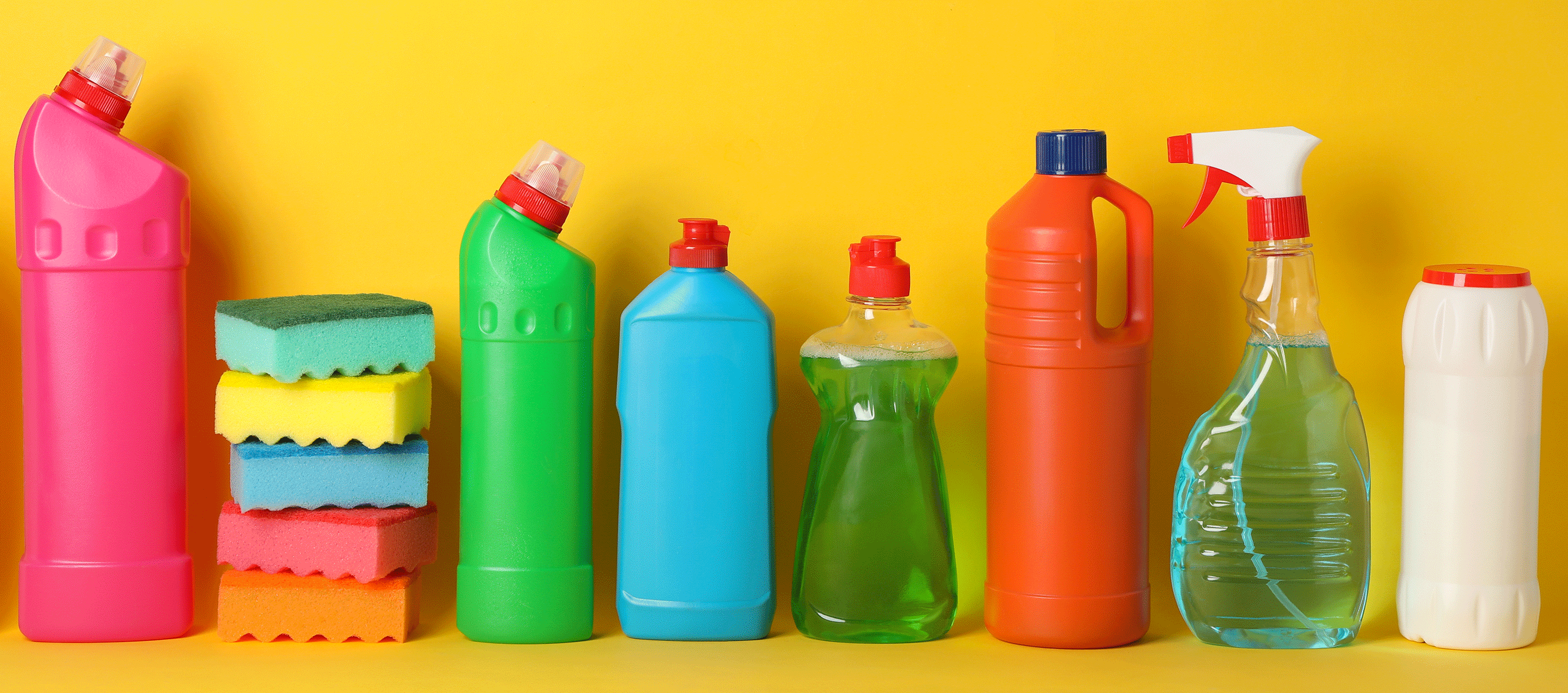
We are a society that relies on chemical products for work and play. Unfortunately, some of these products (even seemingly innocuous products) can cause discomfort and health problems for some people. To prevent such problems in our schools, MCPS prohibits using chemical products not reviewed and approved for use in MCPS facilities. Product approval is based on several safety, health, and environmental criteria. More than 1,700 chemical products are currently approved for use in MCPS facilities. These include cleaning, maintenance, pest control, automotive, science, and art products.
Even approved products can cause IAQ and health problems when used or stored improperly. To prevent employees from hurting themselves (or students, other employees, and visitors) with hazardous chemicals, all MCPS facilities are required to comply with Maryland's Access to Information About Hazardous and Toxic Substances (Employee Right-To-Know) Law. The law, based on the Federal Hazard Communication Standard, contains various requirements to ensure that employees can recognize chemical hazards and take appropriate protective measures. For MCPS, the law primarily affects building service and maintenance personnel; however, some teachers (especially science and art teachers) who are required to use chemical products are also affected.
Before bringing chemical products (cleaning products, glues, paints, science products, etc.) to your room, please check MCPS's Approved Products Database and verify they are approved for use. If you have questions about the approval process or would like additional products reviewed, contact Brian Mullikin at 240-740-2324.
Pesticides
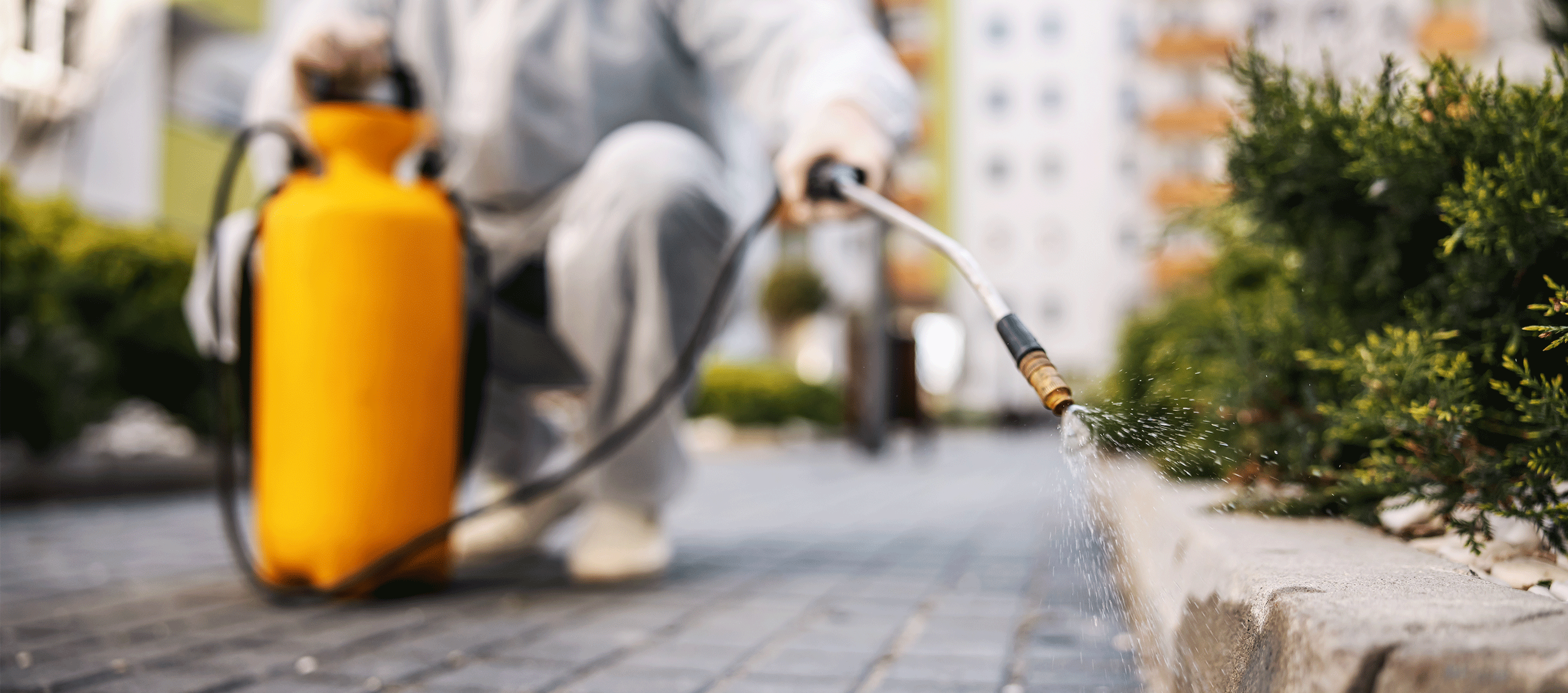
Most of us prefer a critter-free work environment, but we must avoid taking measures that can create uncomfortable (and hazardous) conditions for students and school staff. Because many pesticide products contain compounds that are harmful to humans (especially young children), the State of Maryland has enacted laws regulating pesticide application in public schools. These laws prohibit persons other than certified pesticide applicators (or registered employees working under certified applicators) from applying pesticides in school buildings or on school grounds. To ensure compliance, MCPS has implemented Regulation ECF-RB .
Please don't bring pesticide products to your school. If you see signs of unwanted pests, notify your school administrator or building service manager so he or she can request corrective action from the Division of Sustainability and Compliance’s Asbestos Abatement/Pest Control Unit.
Thermostats
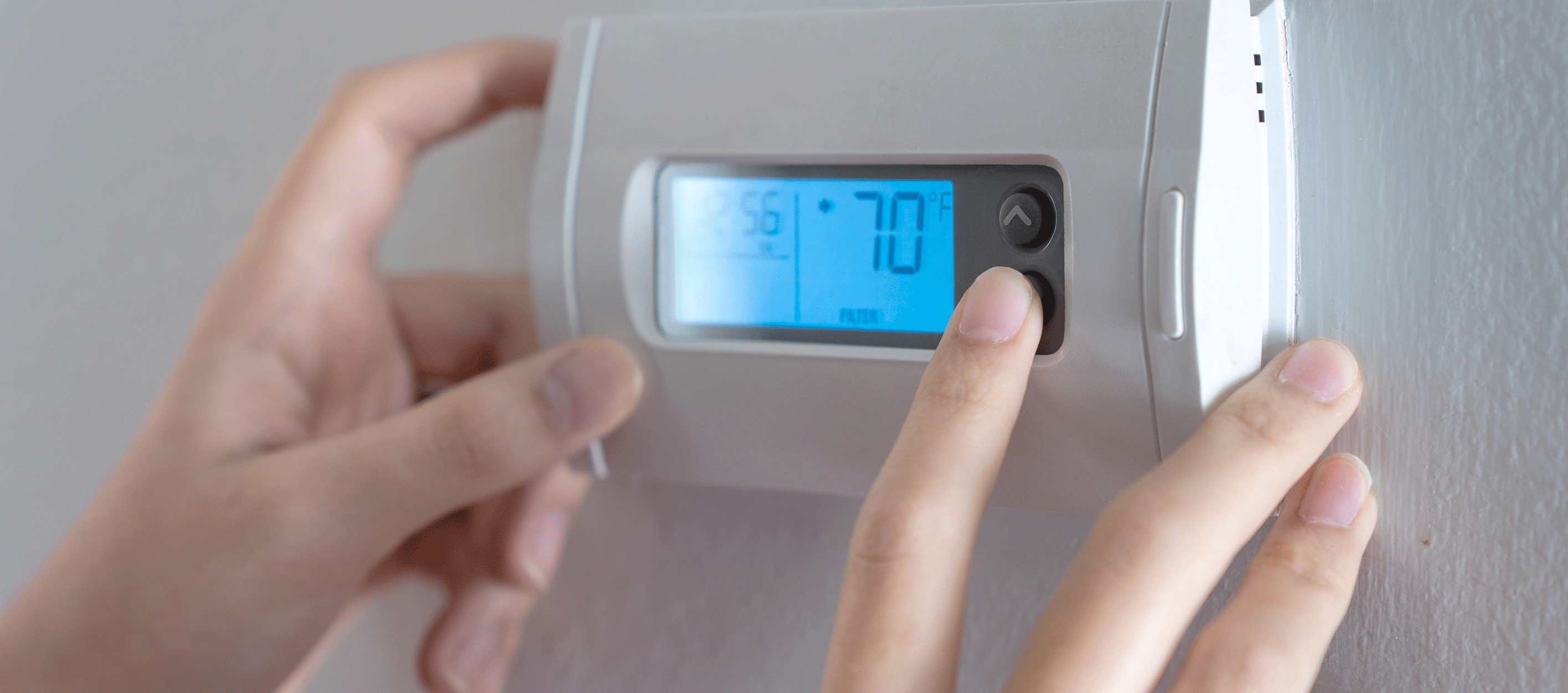
Your thermostat (if you have one) is your ally in the never-ending struggle to fend off nature's onslaught of heat and cold. It's also a little box that controls your room's ventilation unit. Most thermostats in MCPS classrooms contain small metal strips that expand and contract based on air temperatures; the strips are attached to pneumatic air lines from a central air compressor (usually located in the school's boiler room) and the ventilation unit. The air pressure sent to the ventilation unit varies as the metal strips expand and contract. Because ventilation unit components (air dampers, cooling/heating water valves) operate by air pressure, variations in the amount of pressure sent from the thermostat allow increased or decreased cooling (or heating).
Because your thermostat regulates your ventilation unit's heating and cooling functions based on the air temperatures it senses, it must be exposed to air representing overall room conditions to operate correctly. Suppose heat-generating objects (such as lamps, computers, and other electrical appliances) are placed near the thermostat. In that case, it will sense air temperatures that might be much higher than those of room occupants. This can cause the ventilation unit to underheat the room during winter and over-cool during spring and summer.
Ventilation Grilles
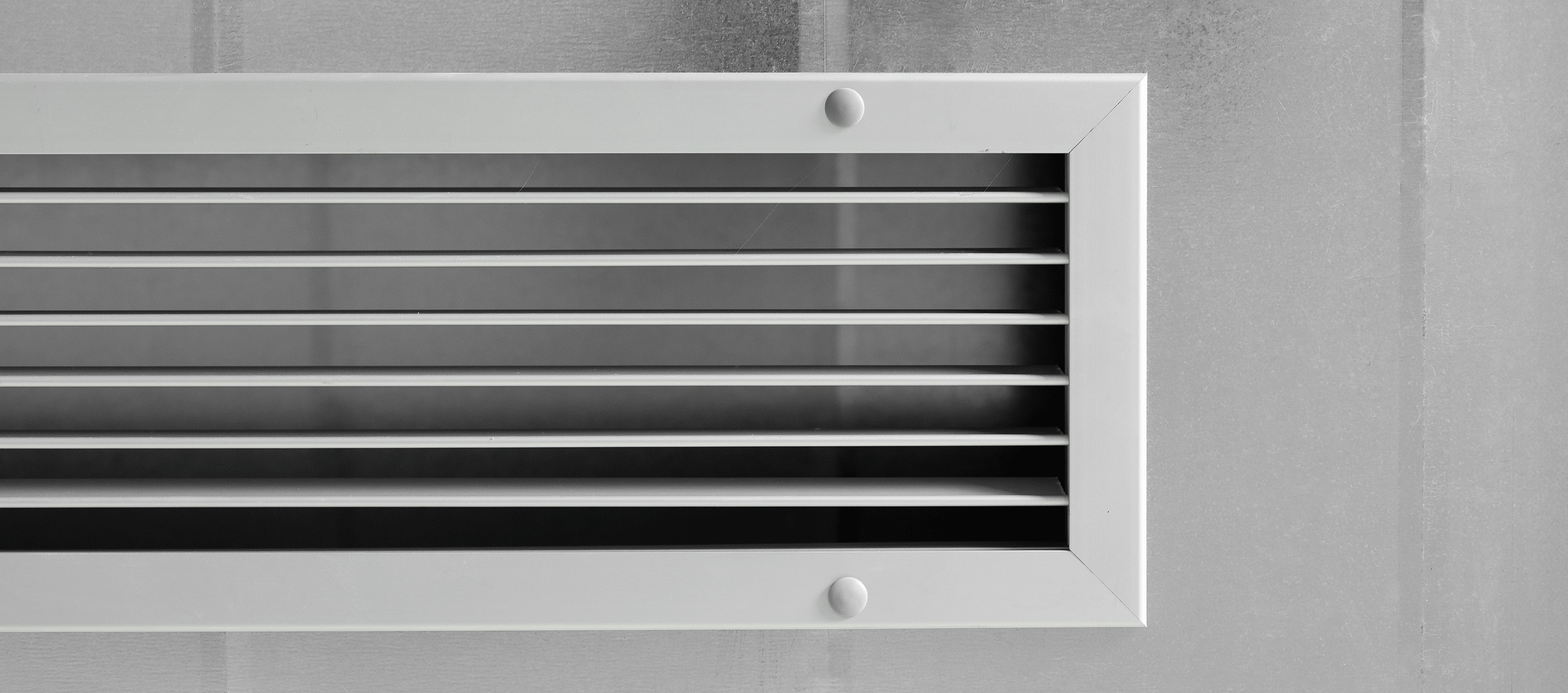
Ventilation units for MCPS classrooms both push air into your room and pull air out. They draw in return air (room air) and blow out supply air (the cooled or heated air discharged into the room). Because many classrooms would become unbearably stuffy if ventilation units simply recirculated room air, building codes require classroom units also to provide fresh outdoor air (usually pulled into the units through grilles in the building's exterior wall). Inside each such unit, fans pull the return and outdoor air through an air filter that removes airborne particulate matter. After passing through the filter, the mixture of return and outdoor air passes through a heat exchange coil (a network of finned pipes containing heated or cooled water or refrigerant) that heats or cools the air before it exits through a supply grille and enters the room. To ventilate adequately, most units must operate continuously throughout each school day.
For proper operation, ventilation units must have unobstructed supply and return airflow. When objects (books, papers, posters, furniture, boxes, etc.) are placed in front of supply or return grilles, poor temperature control and ventilation unit damage can occur. Damage can become apparent when fans stop running (because the fan motor has failed) or water leaks occur near the unit (because the heat exchange coil has ruptured).
So think of your ventilation unit as a pet dog: a metal, boxy, stationary, faceless, electrical dog. Mediocre analogy? Probably, but let's keep going. Your ventilation dog seeks to serve you by providing fresh air, cleaning the air you breathe, and heating or cooling your room. Please don't suffocate your ventilation dog – it will reward you with many years of adequate room temperatures.
Space Heaters
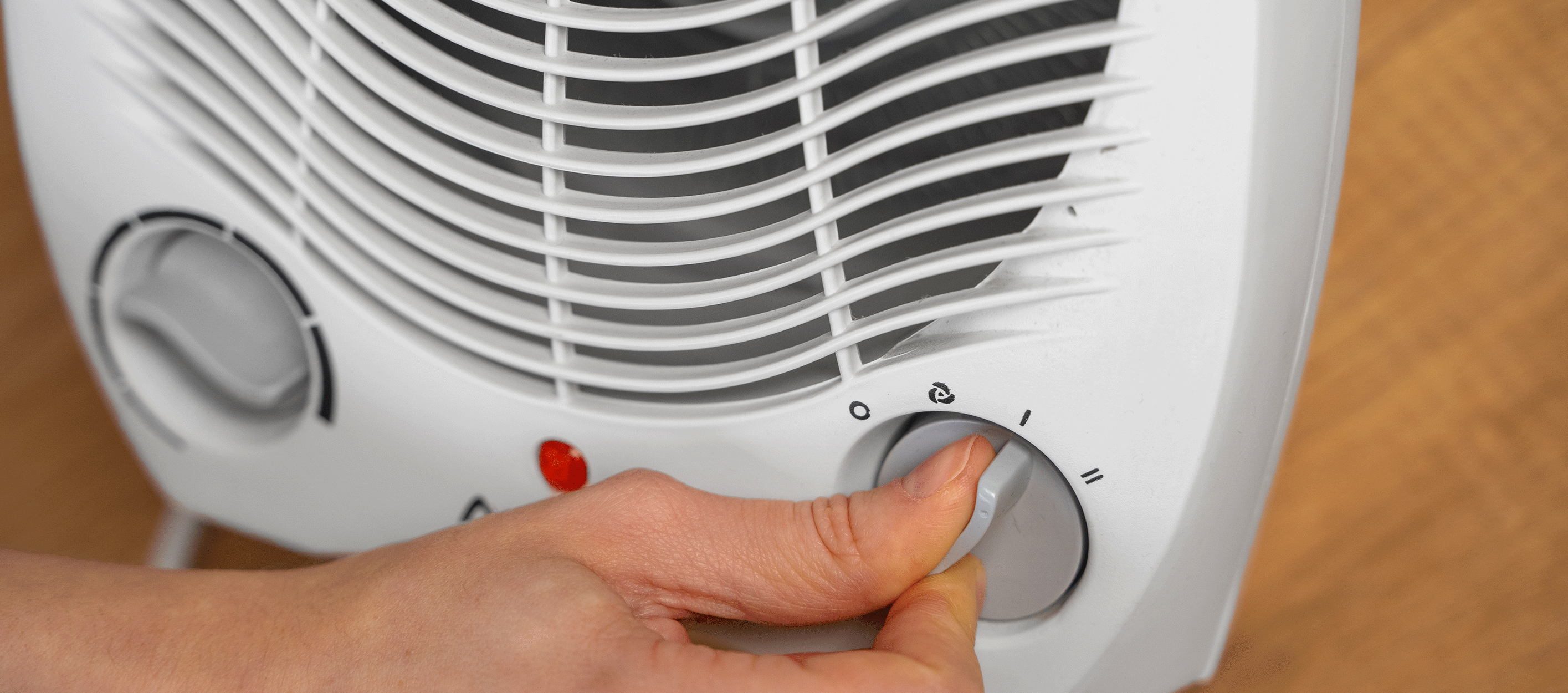
We all differ to some degree regarding room temperatures we find comfortable. Some of us like it hot; some of us like it cold; some of us usually like it cold, but sometimes hot; some of us like it pretty warm at times and fairly hot at other times; some of us aren't going to make it to the end of this sentence. Nevertheless, MCPS has established thermostat setting guidelines to ensure the efficient operation of our schools' ventilation equipment. These guidelines (70° F during the heating season, 76° F during the cooling season, and 75° F during the cooling season for media centers and computer labs) are published in the Resource Conservation Plan.
It can be tempting to bring in a personal space heater during the winter to provide additional warmth. However, because space heaters can present a fire hazard and disrupt ventilation unit operation, they are prohibited in MCPS facilities (except for temporary emergency installation by the Division of Maintenance and Operations). If you believe that temperatures in your room are unusually cold (or hot), please request assistance from your building service manager. If temperature readings or visual inspection indicate operational problems, your building service manager will request repairs. And remember to always dress for the weather. Layers, layers, layers!
Air Cleaners
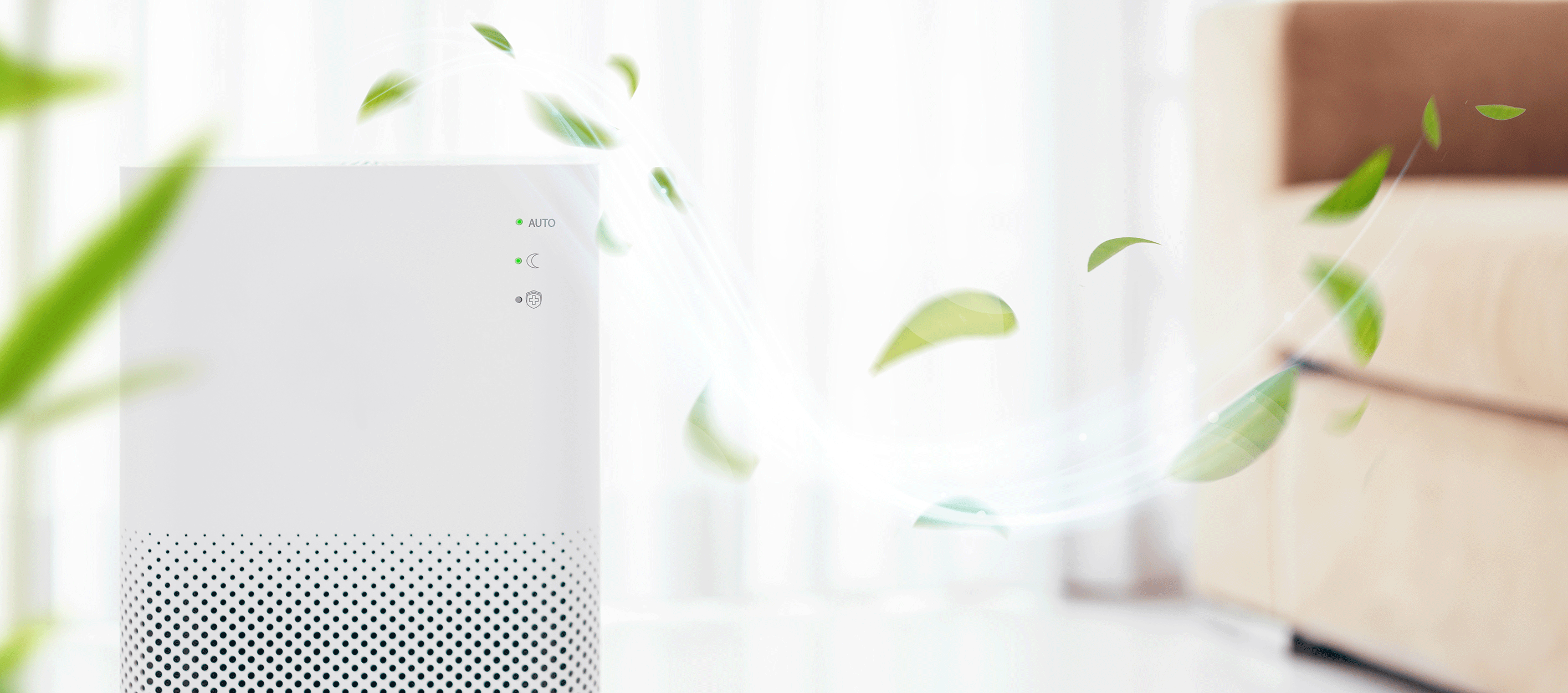
Dirty air is not good air. Dirty air can negatively affect the health of room occupants, damage electrical equipment, and damage ventilation units. School administrative, educational, and support staff can ensure clean air in their buildings by following the recommendations provided in the FAQ's section of this website. To keep the air in your classroom clean, building service personnel are expected to clean room surfaces regularly and maintain your ventilation unit (which contains an air filter that removes particulate matter from outdoor and room air that passes through it). You can assist building service personnel by ensuring that your room is kept orderly and the ventilation unit is clear of furniture, boxes, toys, and other items.
Occasionally, school personnel request that the IAQ Team provide them with portable air cleaners for their rooms. The IAQ team does not support using air cleaners in classrooms for several reasons. Portable air cleaners filter the air in a limited area; most are designed for residential use. Residential air cleaners are ineffective for classrooms because classrooms are considerably larger than residential rooms, contain more occupants, and are equipped with ventilation units continuously supplying large volumes of outdoor air. Additionally, air cleaners will not remove contaminants that have settled on room surfaces (unless they are disturbed and re-suspended in the air). The effectiveness of portable air cleaners (even when used in residential rooms) in improving occupant health has also not been conclusively established. Finally, certain air cleaners generate ozone, a respiratory irritant.
Additional information about portable air cleaners is available from U.S. EPA's website:
Open Windows and Doors

Part of the building design process involves selecting appropriate ventilation units for each room or area in the building. Factors considered include room size and orientation, intended room uses, the expected number of occupants, probable heat sources, expected infiltration of outdoor air, and airflow requirements.
Classroom ventilation units are typically intended to heat and cool rooms with windows and doors closed. Open windows or doors (especially exterior doors) reduce their efficiency and effectiveness. Open exterior windows and doors can also allow increased entry of outdoor contaminants (dust, dirt, pollen, mold spores), affecting occupants with allergies and asthma. To ensure your ventilation unit operates optimally, please ensure it runs continuously and that your windows and doors are closed.
Decorative and Educational Materials in the Room

Classrooms in MCPS schools are vibrant and inviting due to student and staff activities. Also contributing to the positive environment are the decorative elements of each room. Posters, artwork, and other materials affixed to walls and ceilings can provide educational information and personalize the rooms. Unfortunately, some wall and ceiling decorations can negatively affect indoor air quality by trapping dust, allergens, and moisture. They can also present a fire hazard in certain circumstances.
Please ensure that decorative items do not cover more than 20% of the wall area in your room if your room is not equipped with sprinklers (50% if your room does have sprinklers). Never attach anything to ceilings with asbestos-containing ceiling tiles! Finally, do not decorate your room with highly flammable items (cotton batting, straw, crêpe paper, leaves, trees, branches, dry vines, etc.).
Animals
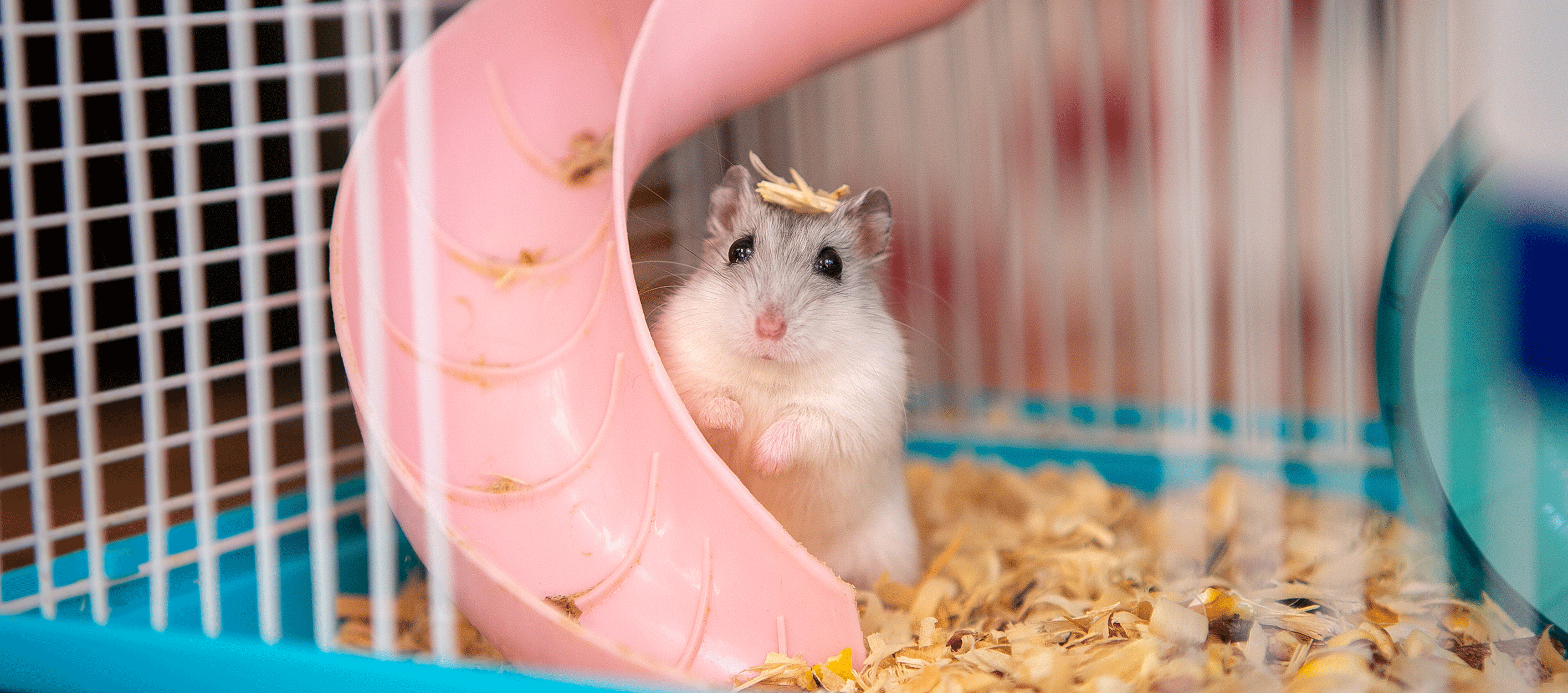
In your classroom, you might have non-human guests (like hamsters, rabbits, lizards, or fish). While these animals can be educational and entertaining, they can also introduce allergens that cause discomfort and health problems for room occupants.
Please take care to comply with MCPS Regulation ECJ-RB if you keep animals in your room. Cages and aquariums should be cleaned regularly, animal food should be kept in tightly sealed containers, and cages and aquariums should not be placed near ventilation units or thermostats. Animals should be removed from rooms with allergic or sensitive students or staff members.
Plants

Plants can brighten a room, making it more inviting to students and staff. They can often be used for educational purposes. Tending plants can provide a pleasant diversion for the recreational gardener. Plants can also support mold growth when maintained inappropriately.
If you choose to keep plants in your classroom, please take care to avoid over-watering them and consider replacing the soil periodically. Also, ensure that plants are not placed near ventilation grilles, on top of unit ventilators, or near thermostats.
Area Rugs, Upholstered Furniture, Pillows, and Stuffed Animals

That shag rug in your classroom might bring back some great '70s memories and look inviting, but it could also be gathering dust, pollen, mold spores, and other allergens that can cause discomfort for you and your students. Upholstered furniture, cushions, pillows, and stuffed animals can also collect and release allergenic particles. Additionally, some rugs and upholstered furniture emit various chemical contaminants when new.
If an area rug is needed for your room, please ask your school administrator to request the installation of a fixed area rug by the Division of Maintenance and Operations. If floor seating is needed, select low-pile throw rugs or smooth mats. If supplementary furniture is needed, choose items that can be cleaned quickly and thoroughly. Any new rugs or furniture that might off-gas chemical vapors should be aired out before being brought to the school.
Unsealed Food

Most humans enjoy a refreshing beverage or snack, but so do the numerous rodents and insects living in and near our schools. To discourage these creatures from taking up residence in your classroom, please keep all food in tightly sealed bags or containers (including food placed in trash cans). Spilled food and beverages should be cleaned promptly.
More Resources
